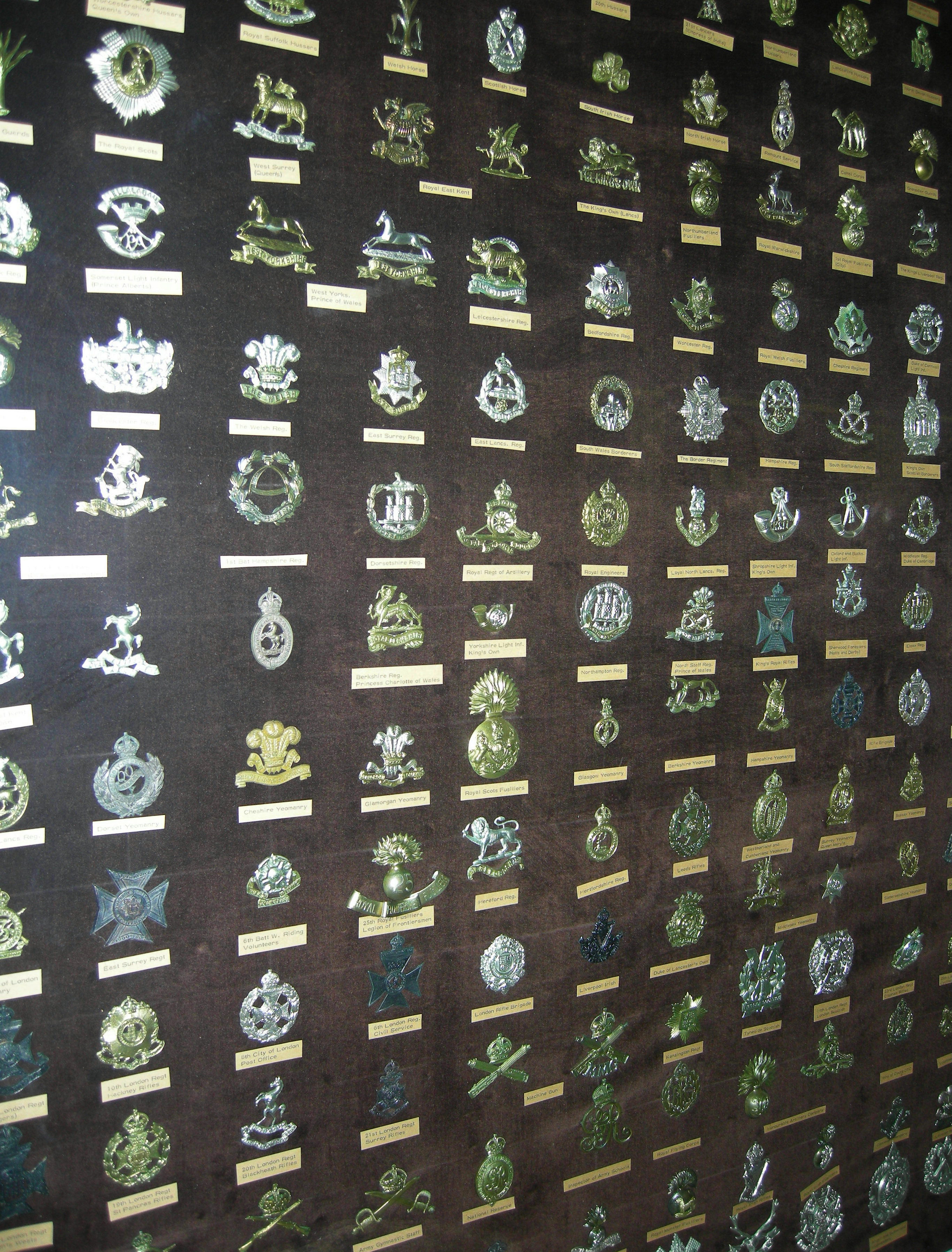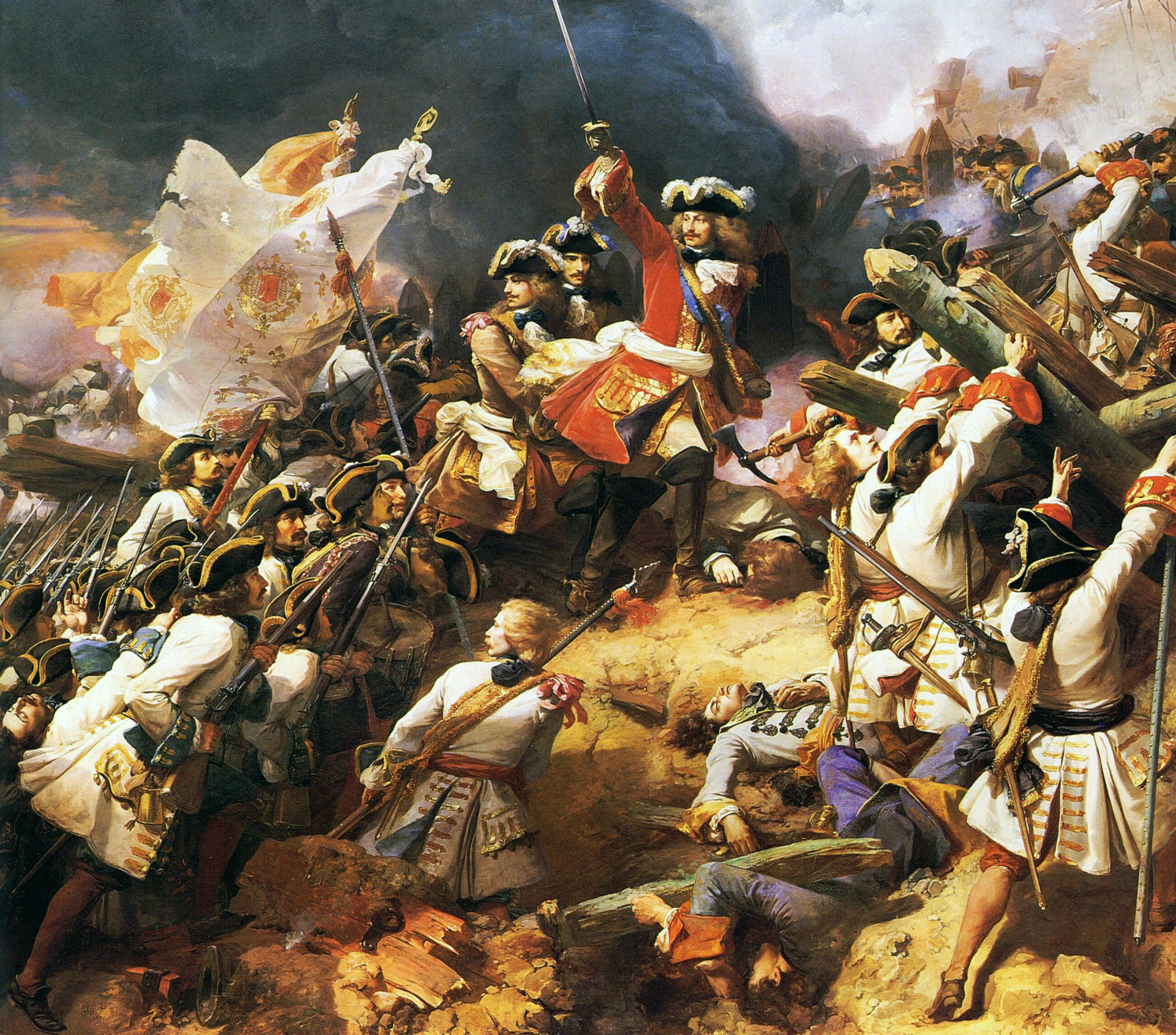|
Side Cap
A side cap is a military cap that can be folded flat when not being worn. It is also known as a garrison cap or flight cap in the United States, wedge cap in Canada, or field service cap in the United Kingdom. In form the side cap is comparable to the glengarry, a folding version of the Scottish military bonnet. It has been associated with various military forces since the middle of the 19th century, as well as various civilian organizations. Australia All ranks of the Royal Australian Air Force (RAAF) are entitled to wear the blue garrison cap with appropriate cap badge as an optional item with General Purpose Uniform (GPU), Service Dress (SD) and Flying Dress (FD) uniforms. The piping of the garrison cap for air officers is light blue, the piping for all other ranks is solid blue. The RAAF is the only branch of the Australian Defence Force entitled to wear garrison caps. Canada Army In the Canadian Armed Forces, the field service cap () is defined by the Canadian Forces Dr ... [...More Info...] [...Related Items...] OR: [Wikipedia] [Google] [Baidu] |
Cap Badge
A cap badge, also known as head badge or hat badge, is a badge worn on uniform headgear and distinguishes the wearer's nationality and/or organisation. The wearing of cap badges is a convention commonly found among military and police forces, as well as uniformed civilian groups such as the Scouting, Boy Scouts, civil defence organisations, ambulance services (e.g. the St. John Ambulance Brigade), customs services, fire services etc. Cap badges are a modern form of Heraldic badge, heraldry and their design generally incorporates highly symbolic devices. Some badges that contain images of lions or other cats are sometimes informally referred to as cat badges. Instances in military forces British armed forces The British Armed Forces utilise a variety of metal and cloth cap badges on their headdress, generally on caps and berets. They are also worn on Uniforms_of_the_British_Armed_Forces#Turbans, Sikh turbans. British Army In the British Army (as well as other Commonwealth o ... [...More Info...] [...Related Items...] OR: [Wikipedia] [Google] [Baidu] |
Belgian Army
The Land Component (, ), historically and commonly still referred to as the Belgian Army (, ), is the Land warfare, land branch of the Belgian Armed Forces. The King of the Belgians is the commander in chief. The current chief of staff of the Land Component is Major-General Jean-Pol Baugnée. Dating back to Belgium's establishment in 1830, the Land Component is the oldest service branch of the Belgian Armed Forces, and is also the largest of the four branches, with approximately 10,000 active military personnel and over 2,000 reservists as of 2022. History Early history The Belgian Army was established in 1830 after Belgium gained independence from the Netherlands after the Belgian Revolution. It was initially expected that as neutral buffer state with borders guaranteed by France, British Empire, Britain, and Prussia, Belgium could avoid the need for an expensive permanent military, relying instead on the part-time militia of the existing (Civil Guard); however, the need o ... [...More Info...] [...Related Items...] OR: [Wikipedia] [Google] [Baidu] |
French National Police
The National Police (, ), formerly known as the , is one of two national police forces of France, the other being the National Gendarmerie. The National Police is the country's main civil law enforcement agency, with primary jurisdiction in cities and large towns. By contrast, the National Gendarmerie has primary jurisdiction in smaller towns, as well as in rural and border areas. The National Police comes under the jurisdiction of the Ministry of the Interior and has about 145,200 employees (as of 2015). Young French citizens can fulfill their optional national service () in the national police force. The national police force was created on 14 August 1941, under the Vichy regime, by a decree signed by the head of government, Philippe Pétain. This decree implements the law of 23 April 1941, creating the Police nationale: the forces of the Sûreté nationale (with the former services of the Sûreté générale, which became the Sûreté nationale in 1934, and the municipal poli ... [...More Info...] [...Related Items...] OR: [Wikipedia] [Google] [Baidu] |
French Gendarmerie
The National Gendarmerie ( ) is one of two national law enforcement forces of France, along with the National Police. The Gendarmerie is a branch of the French Armed Forces placed under the jurisdiction of the Ministry of the Interior, with additional duties from the Ministry of Armed Forces. Its responsibilities include policing smaller towns, suburbs and rural areas, crowd and riot control, and criminal investigation, including cybercrime. By contrast, the National Police is a civilian law enforcement agency that is in charge of policing cities and larger towns. Because of its military status, the Gendarmerie also fulfills a range of military and defence missions. The Gendarmerie has a strength of around 102,269 people (as of 2018). The Gendarmerie is the heir of the , the oldest police force in France, dating back to the Middle Ages. The Gendarmerie has influenced the culture and traditions of gendarmerie forces around the world, especially in independent countries from th ... [...More Info...] [...Related Items...] OR: [Wikipedia] [Google] [Baidu] |
1st Tirailleur Regiment
The 1st Tirailleur Regiment () is a mechanized infantry unit of the French Army, created in 1994 under the command of the 7th Armoured Brigade (France), 7th Armoured Brigade. It is mainly composed of active soldiers but also reservists, deployed both overseas and in internal security tasks such as Operation Vigipirate. It is currently the only tirailleur regiment in the French army. History It was formed on 1 May 1994 from the 170th Infantry Regiment. The ceremony was held in Golbey, in the presence of the heirs of the Army of Africa (France), Army of Africa, legionnaires, Spahi, Spahis, Zouave, Zouaves and the 170th Infantry Regiment, who kept the flag of the 7th Algerian Tirailleurs Regiment, became the . It is officially recreated under the command of Colonel Jean-Guy Gendras and in the presence of François Léotard, the Minister of Defence (France), French Minister of Defence. It was created in tribute to North Africa, North African Tirailleurs who took part in all the battl ... [...More Info...] [...Related Items...] OR: [Wikipedia] [Google] [Baidu] |
1st Spahi Regiment
The 1st Spahi Regiment () is an armored regiment of the modern French Army, previously called the 1st Moroccan Spahi Regiment (). It was established in 1914 as a mounted cavalry unit recruited primarily from indigenous Moroccan horsemen. The regiment saw service in the First World War, and in the Second World War as part of the Forces Françaises Libres, as well as post-war service in the French-Indochina War and elsewhere. The modern regiment continues the traditions of all former Spahi regiments in the French Army of Africa. History World War I The Moroccan Spahis of the French Army were created in 1914 by Général Hubert Lyautey. The initial title of the regiment was that of the '' Régiment de Marche de Chasseurs Indigènes à Cheval'' (R.M.C.I.C). The French Army had already raised four regiments of indigenous cavalry in both Algeria and Tunisia during the 19th century, and extended the designation of "spahis" to the Moroccan mounted units recruited after 1908. The ... [...More Info...] [...Related Items...] OR: [Wikipedia] [Google] [Baidu] |
Beret
A beret ( , ; ; ; ) is a soft, round, flat-crowned cap made of hand-knitted wool, crocheted cotton, wool felt, or acrylic fibre. Mass production of berets began in the 19th century in Southern France and the north of History of Spain (1808–1874), Spain, specifically in the Basque Country (greater region), Basque Country, where they were already common headwear, and the beret remains associated with these countries. Berets are worn as part of the uniform of many military and police units worldwide, as well as by other organizations. History Archaeology and art history indicate that headwear similar to the modern beret has been worn since the Bronze Age across Northern Europe and as far south as ancient Crete and Italy, where it was worn by the Minoan civilization, Minoans, Etruscans and Ancient Rome, Romans. Such headgear has been popular among the nobility and artists across Europe throughout modern history. Dutch artist, Rembrandt, 15 July 1606 - 4 October 1669, was w ... [...More Info...] [...Related Items...] OR: [Wikipedia] [Google] [Baidu] |
French Army
The French Army, officially known as the Land Army (, , ), is the principal Army, land warfare force of France, and the largest component of the French Armed Forces; it is responsible to the Government of France, alongside the French Navy, French Air and Space Force, and the National Gendarmerie. The Army is commanded by the Chief of Staff of the French Army (CEMAT), who is subordinate of the Chief of the Defence Staff (France), Chief of the Defence Staff (CEMA), who commands active service Army units and in turn is responsible to the President of France. CEMAT is also directly responsible to the Ministry of Armed Forces (France), Ministry of the Armed Forces for administration, preparation, and equipment. The French Army, following the French Revolution, has generally been composed of a mixed force of conscripts and professional volunteers. It is now considered a professional force, since the French Parliament suspended the Conscription in France, conscription of soldiers. Acc ... [...More Info...] [...Related Items...] OR: [Wikipedia] [Google] [Baidu] |





